R/V Oceanus Cranes & Overside Handling
Crane
Oceanus is fitted with a single Allied Marine Model TB 60-65 hydraulic
marine crane. The crane is totally self-contained with the electrical
controller, hydraulic power pack and operator station mounted on the crane or
its pedestal. The crane is located on the upper deck on the center line of the
ship in a position that allows access to all working deck space, over the side
and over the stern.
The crane is fitted with one fixed boom (main
shipper) and two extendable booms (crowds). The working radius of the crane
ranges from 10 to 65 feet. The at-sea load rating ranges from a maximum of
40,000 lbs. to 6,890 lbs. fully extended. The dockside rating is somewhat
higher. The figure below schematically shows the Safe Working Load curves over
the range of possible working radiuses. The next chart overlays these working
radiuses onto a plan view of the working deck areas of the ship. Used together,
these figures can be used to determine the loads that can be lifted at various
points on the ship and over the side. For unusually heavy load requirements or
special operations, consult with the Marine Ops Coordinator or ship's bosun for
availability of blocks and rigging.
Use of the crane at sea is limited primarily by the strength of the slewing or
rotating mechanism. The slewing mechanism, although strengthened for use on a
moving ship, is not capable of withstanding the potentially extreme side loading
dynamic forces that can be caused by towing or pulling loads, or by the roll of
the ship. There are no rigid guidelines for the use of the crane in this regard,
but, in general, side loading producing a torque of 60,000 ft. lbs. (2,000 lbs.
at a 30 foot radius or equivalent) should be avoided. Limits on crane use at sea
are normally set by common sense and by good seamanship practices.
The
crane is capable of serving as the overboarding point for cables or wire spooled
on the trawl winch. The cable can be led from the trawl winch flag block
directly to an overboarding sheave hung from the crane. The flag block will
follow the motion of the crane as it is raised/lowered or rotated. Used in this
configuration, instruments can be suspended and lowered over the starboard side
when necessary. Operation in this mode requires that a special boom crutch be
installed to support the boom and to absorb the forces caused by the working
cable; prior arrangements for this equipment are necessary.
Stern A-Frame
A hydraulically powered A-frame is located at the stern on the centerline to
serve as the overboarding and support point for instruments being towed astern
of the ship. The main trawl block is normally hung from the A-frame.
Pertinent
characteristics are:
- Inside Horizontal Clearance: 9 feet (2.7 m)
- Maximum Vertical Clearance: 14 feet (4.2 m)
- Maximum Inboard Reach: 6 feet (1.8 m)
- Maximum Outboard Reach: 4 feet (1.2 m)
- Safe Working Load: 26,000 lbs.
The hydraulics are capable of lifting and moving the A-frame with a maximum suspended load of 7,000 lbs. This freedom of movement is designed to facilitate the handling of instruments during launch and recovery operations.
An 18-foot yardarm or spreader bar is welded across the top of the structure to provide lift points outside of the area enclosed by the A-frame. This facilitates handling of towed instruments and the launch/recovery of moorings, as well as providing multiple overhead lift points for utility use. Maximum loading at the end of the yardarm is 1,000 lbs. Attachment points large enough to pass 5/8” shackles are provided every 8” along the length of the yardarm. Three center padeyes are designed for 2” shackles.
The controls are located at the A-frame, mounted on the starboard leg. Lights, electrical power (110 volt AC), voice communications, and compressed air are located on or in the immediate vicinity of the A-frame. Cleats for securing steadying lines and mounting brackets for air winches are welded to the frame, and portable deck cleats are available.



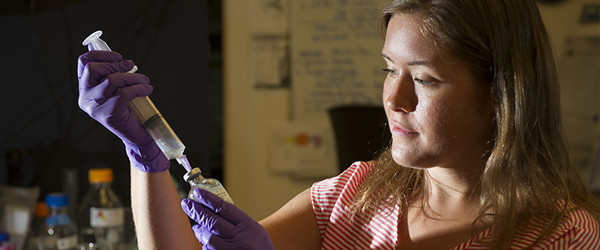

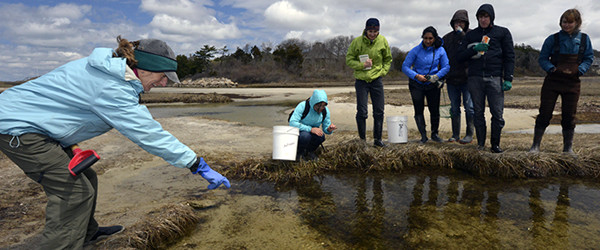
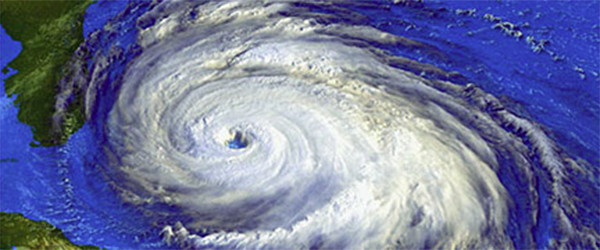

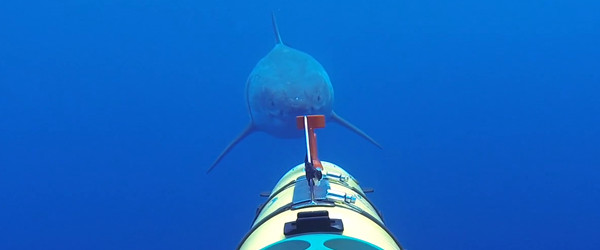
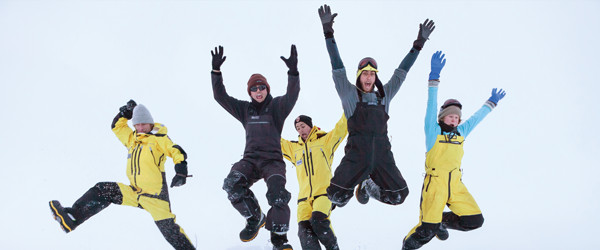
 Facebook
Facebook Twitter
Twitter Instagram
Instagram Vimeo
Vimeo YouTube
YouTube LinkedIn
LinkedIn RSS Feeds
RSS Feeds
![[Gallery Photo]](cms/images/OC_Crane250_46285.gif)
![[Gallery Photo]](cms/images/A-Frame250_46283.gif)







